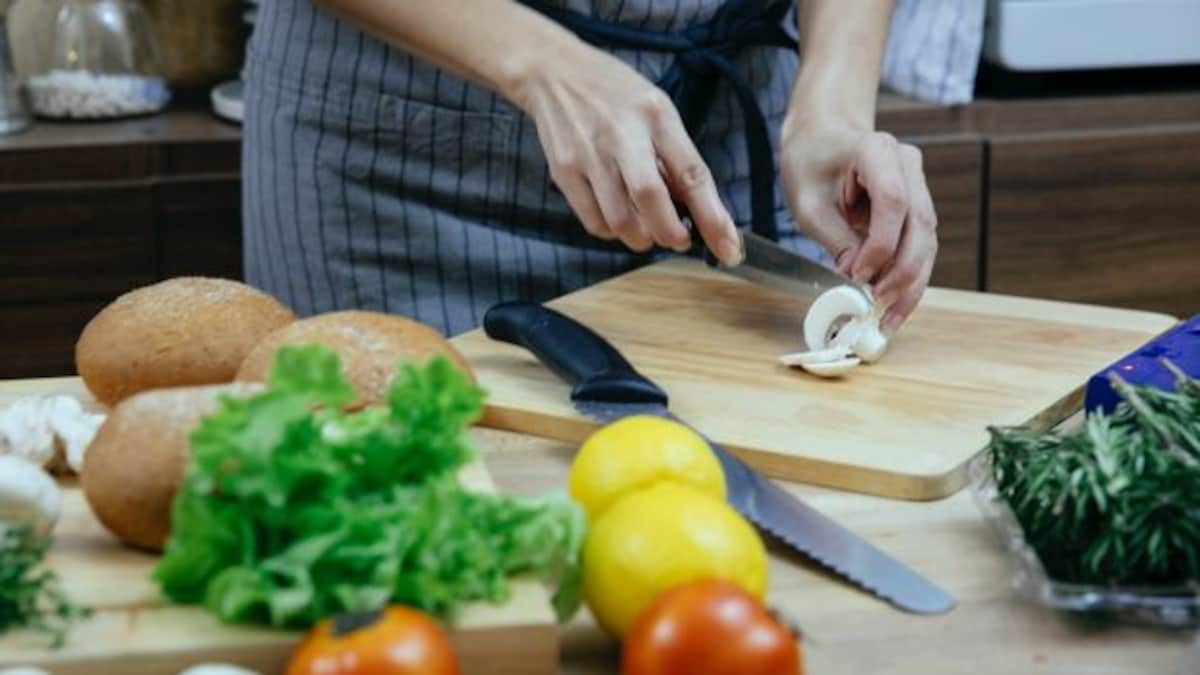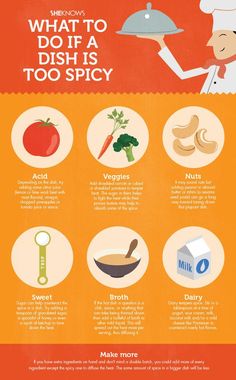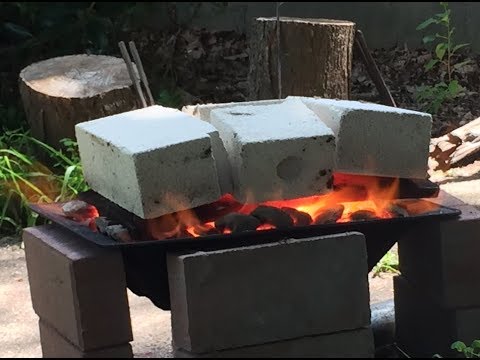
Advanced cooking techniques are something you should try if you love to cook. French and Chinese cooking techniques are well-known. But how about Japanese and Chinese methods? Learn the best methods for poaching and steaming. These methods are easy to master and you can read on to find out more. These techniques can easily be applied to your everyday cooking. You can also look out for cookbooks that describe these cooking techniques in greater detail.
French cooking techniques
Traditional methods are the foundation of French cuisine. French chefs are well-known for placing everything in its right place and cooking slowly at low temperatures. Confit refers to slow cooking of a variety foods in fat with low heat. In the same way, sauces are often made with alcohol. Flambeing is most commonly used to make desserts. However the alcohol in it can also be used while the food is still cooking to enhance the flavor.
Chinese cooking techniques
You can make Chinese food more delicious by using complex techniques. One of these techniques is stir-frying, which involves cooking in a wok with a light layer of oil. The food is stirred quickly and thoroughly until it reaches the desired texture and flavor. This method works best for small ingredients like vegetables and noodles. Stir-frying is not the only method used in Chinese cuisine to produce different results.

French technique for steaming
Steaming can be described as a method for cooking that circulates hot air around food. The heat retains all the nutrients and does not add fat. Steam is gentler than boiling water and is great for delicate foods. Food cooked this way cooks quickly with little loss of nutrients and natural color. The French have long been masters of this technique, which can make cooking vegetables and fruits a joy.
Japanese poaching technique
The Japanese have perfected slow cooking fish. Poaching is becoming increasingly popular around the world. This method involves vacuum sealing food in plastic bags and slow cooking it at low heat. This method produces uniform texture and eliminates any aromas. The health benefits are clear. Here's how you can poach salmon Japanese style.
Vietnamese method of boiling
It is simple, but very effective, to boil rice in the traditional Vietnamese way. This method involves steaming food in bamboo or metal plates. This method preserves all nutrients and avoids the use of oil. This method can be used for cooking seafood and sticky rice. It is particularly useful for the poorest people in developing countries, who depend on unimproved water supplies. There are however some precautions you should take.

FAQ
What skills is required to attend culinary school
To become a chef, you must be able to cook well, work under pressure, and understand food safety regulations. To learn how cook, enroll in cooking courses at your local high schools or community colleges. After you have learned the basics, you can apply for jobs in a restaurant or catering business.
How long does it take to become chef? What is the average career path in this field?
The average time it takes to become a chef is five years. During this time, you will study basic cooking techniques and gain experience working as a kitchen assistant. After you've completed your training you can apply to be a line cook or sous chef. The average salary for a chef ranges from $25,000 to $60,000 per year.
Is there any special equipment that is required to cook?
To learn to cook, you don’t need to have any special equipment. The best tools will make cooking more enjoyable. You could, for example, use a spoon to make pasta or a whisk to whip the egg whites into stiff peaks. Having the right tools makes cooking less intimidating and allows you to start faster.
Statistics
- The median pay for a chef or head cook is $53,380 per year or $25.66/hour, according to the U.S. Bureau of Labor Statistics (BLS). (learnhowtobecome.org)
- under 10 Kids have been taught that there is special food just for them, and Fiese says that 10 percent of kids will throw a tantrum if they don't get the food they want. (washingtonpost.com)
- According to the BLS, chefs earn $58,740 a year. (learnhowtobecome.org)
External Links
How To
How to make a perfect omelet
Omelets are one of my favorite foods to eat at breakfast. But how do you create them perfectly? Many different recipes and methods have failed to work for me. So I am sharing some tips and tricks today to help you make fluffy, delicious omelets every morning.
It is important to know that eggs can be temperamental when making omelets. It is important that eggs are fresh from an organic market and kept cool until used. You must keep them cool enough to allow the whites to form properly and the yolks to become too runny if they're not kept at the right temperature. Your omelets will look strangely colored if this happens. If you're going to cook them immediately, it is best if the eggs are still warm.
Another tip is to separate the egg before adding it to the pan. You don't want the white to get mixed with the yolk, as this could cause the egg to curdle.
You could end up burning the bottom half of the egg if the egg is added directly to the heat source. Instead, place the egg in the microwave for 10 second before you put it in the skillet. The microwave heat is sufficient to cook the egg without overcooking.
Let's now talk about mixing eggs. Mix eggs well together. Turn the bowl upside down and grab the whisk to do this. Next, shake the bowl vigorously. By doing this, the egg is thoroughly mixed with the air in the bowl.
The fun part is now - adding the milk to the mixture. First, pour half of the milk into the beaten eggs and then fold the eggs gently into the remaining milk. Do not worry if you see streaks of egg; they will disappear when the omelet is flipped.
After folding the eggs, place the pan on medium heat and wait for the oil to start sizzling. Once the oil starts getting hot, add 1/4 cup of butter to the pan and swirl it around to coat the entire surface of the pan. Open the lid and sprinkle salt on the pan. A pinch of salt will prevent your omelet from sticking in the pan.
Once the omelet forms, cover the pan again. Let the top side set completely. Flip the omelet upside down or with a spatula. Cook the opposite side for another minute. Take the omelet out of the pan and immediately serve.
This recipe works best with whole milk, but skimmed milk also works.